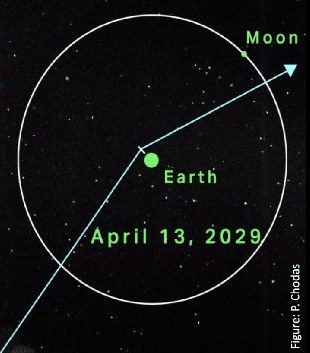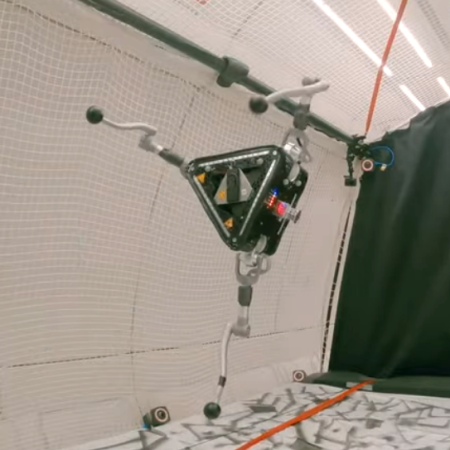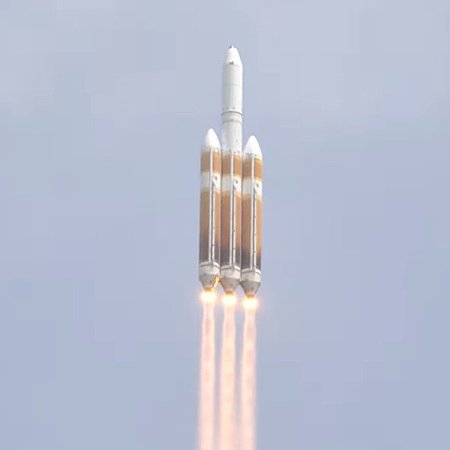UK’s CAA gives Saxavord on Shetland Islands its range license

Proposed spaceports surrounding Norwegian Sea.
The Civil Aviation Authority (CAA) has now issued the range license for the Saxavord spaceport on the Shetland Islands, following up issuing it a spaceport license in December.
A range licence is a legal requirement ahead of a space launch, but is not in itself permission to launch. This licence grants the broad approval to provide ‘range control services.’ Specifics will depend on the launch vehicle and will be outlined as part of relevant launch licences.
Work by the Civil Aviation Authority continues in assessing potential launch operators from SaxaVord.
Sounds good, eh? Not so fast. It took the CAA about two years to issue these two spaceport licenses, but that doesn’t give anyone the right to launch from Saxavord. The CAA must still issue launch licenses to the specific rocket companies wishing to launch. Though the German rocket startup Rocket Factory Augsburg wants to do the first orbital test flight this year from Saxavord, it still must get that launch license. Do not be surprised if it takes the CAA more than a year to issue it.

Proposed spaceports surrounding Norwegian Sea.
The Civil Aviation Authority (CAA) has now issued the range license for the Saxavord spaceport on the Shetland Islands, following up issuing it a spaceport license in December.
A range licence is a legal requirement ahead of a space launch, but is not in itself permission to launch. This licence grants the broad approval to provide ‘range control services.’ Specifics will depend on the launch vehicle and will be outlined as part of relevant launch licences.
Work by the Civil Aviation Authority continues in assessing potential launch operators from SaxaVord.
Sounds good, eh? Not so fast. It took the CAA about two years to issue these two spaceport licenses, but that doesn’t give anyone the right to launch from Saxavord. The CAA must still issue launch licenses to the specific rocket companies wishing to launch. Though the German rocket startup Rocket Factory Augsburg wants to do the first orbital test flight this year from Saxavord, it still must get that launch license. Do not be surprised if it takes the CAA more than a year to issue it.




